Your leather sofa is not just a piece of furniture; it's a long-term investment that adds elegance and comfort to your living room. To ensure it remains in immaculate condition, proper care and upkeep are essential. In this comprehensive guide, we'll explore the best practices for maintaining your leather sofa, from regular cleaning to dealing with spills and selecting the right products. Whether you have a single leather sofa or a full leather suite, these tips will help preserve its beauty for years to come.
Understanding Leather Types
Before plunging into maintenance tips, it's crucial to understand the type of leather your sofa is fashioned from. Different types of leather necessitate slightly different care approaches.
Aniline Leather
Aniline leather is one of the most natural-looking leathers. It's dyed with soluble dyes that preserve the hide's natural surface. However, it lacks a protective coating, making it more prone to stains.
Semi-Aniline Leather
This leather is similar to aniline but has a light protective coating. It retains its natural appearance whilst being slightly more resistant to wear and stains.
Pigmented Leather
Pigmented leather is treated with a polymer coating, making it the most durable and resistant to scratches and stains. It's commonly used in leather sofa sets and leather suite furnishings.
Looking for a durable, low-maintenance option? Explore our range of pigmented leather sofas, ideal for family living rooms.
➤ Shop Pigmented Leather Sofas →
Regular Cleaning and Maintenance
Routine cleaning is crucial for keeping your leather sofa looking its best. Follow these steps for regular maintenance:
Dusting
Dust your leather sofa weekly using a soft, dry cloth. This prevents dust and dirt from settling into the pores of the leather, which can cause wear over time.
Vacuuming
Use a vacuum cleaner with a brush attachment to clean the crevices of your sofa. This removes debris and crumbs that may have built up.
Monthly Cleaning
For a deeper clean, use a damp cloth with distilled water to wipe down the surface of the sofa. Avoid using tap water as it can leave mineral stains.
Looking for a leather sofa that’s low-maintenance and easy to clean?
➤ Discover Our Easiest-To-Clean Leather Sofas →
Conditioning Your Leather Sofa
Leather, like skin, can become dry and crack if not properly moisturised. Conditioning your sofa will keep the leather supple and prevent damage.
Choosing the Right Conditioner
Select a leather conditioner designed for your type of leather. Test the conditioner on a small, inconspicuous area first to ensure it doesn't discolour the leather.
Application Process
Apply the conditioner using a soft cloth, gently massaging it into the leather in circular motions. Be sure to cover the entire surface evenly. Allow the conditioner to absorb for at least an hour before using the sofa.
Handling Spills and Stains
Accidents happen, but quick action can prevent permanent damage to your leather furniture.
Mopping Up Spills
For liquid spills, quickly mop (do not rub) the area with a dry cloth to absorb as much liquid as possible. Rubbing can spread the stain and damage the leather.
Removing Stains
For stubborn stains, use a mild soap solution. Mix a few drops of mild washing-up liquid with distilled water and apply it to the stain with a soft cloth. Wipe gently and then use a clean, damp cloth to remove any soap residue.
Worried about spills or sticky fingers? Our stain-resistant leather sofas are designed for real life
Explore Stain-Resistant Leather Sofas →
Protecting Your Leather Sofa
Prevention is key when it comes to preserving your leather sofa's appearance.
Avoiding Direct Sunlight
Place your sofa away from direct sunlight, as UV rays can fade and dry out the leather. If your living space receives a lot of sunlight, consider using curtains or blinds to minimise exposure.
Keeping Pets in Check
If you have pets, keep their claws trimmed to prevent scratches. Consider using a pet cover if your furry friends enjoy lounging on the sofa.
Choosing the Right Products
Selecting the right care products is crucial to maintaining your leather sofa's quality. Opt for products recommended by your sofa's manufacturer, as they are specifically formulated for your leather type.
DIY vs. Commercial Products
Whilst DIY solutions can be effective, commercial leather care products are often more reliable. They contain ingredients specifically designed to clean and protect leather without causing harm.
Signs Your Sofa Needs Professional Care
Despite your best efforts, there may come a time when professional cleaning or repair is necessary.
Deep Stains or Discolouration
If stains or discolouration persist despite your cleaning efforts, it might be time to call in a professional. They have the tools and expertise to tackle tough stains without damaging the leather.
Cracks or Peeling
Cracks or peeling leather often require professional intervention.
Leather experts can restore these areas, extending your sofa's lifespan.
Conclusion
Caring for your leather sofa doesn't have to be an intimidating task. By understanding your leather type, maintaining regular cleaning habits, conditioning the leather, and dealing with spills promptly, you can preserve its beauty and comfort for years to come. Whether you have a small two-seater leather sofa or a luxurious leather suite, these guidelines will help maintain its elegance and functionality. Remember, investing in the right care products and knowing when to seek professional help will ensure your leather furniture remains a beloved part of your home.
🛋️ Bring Home Style & Comfort Today
Whether you’re after a sleek two-seater or a full leather suite, we’ve got you covered.

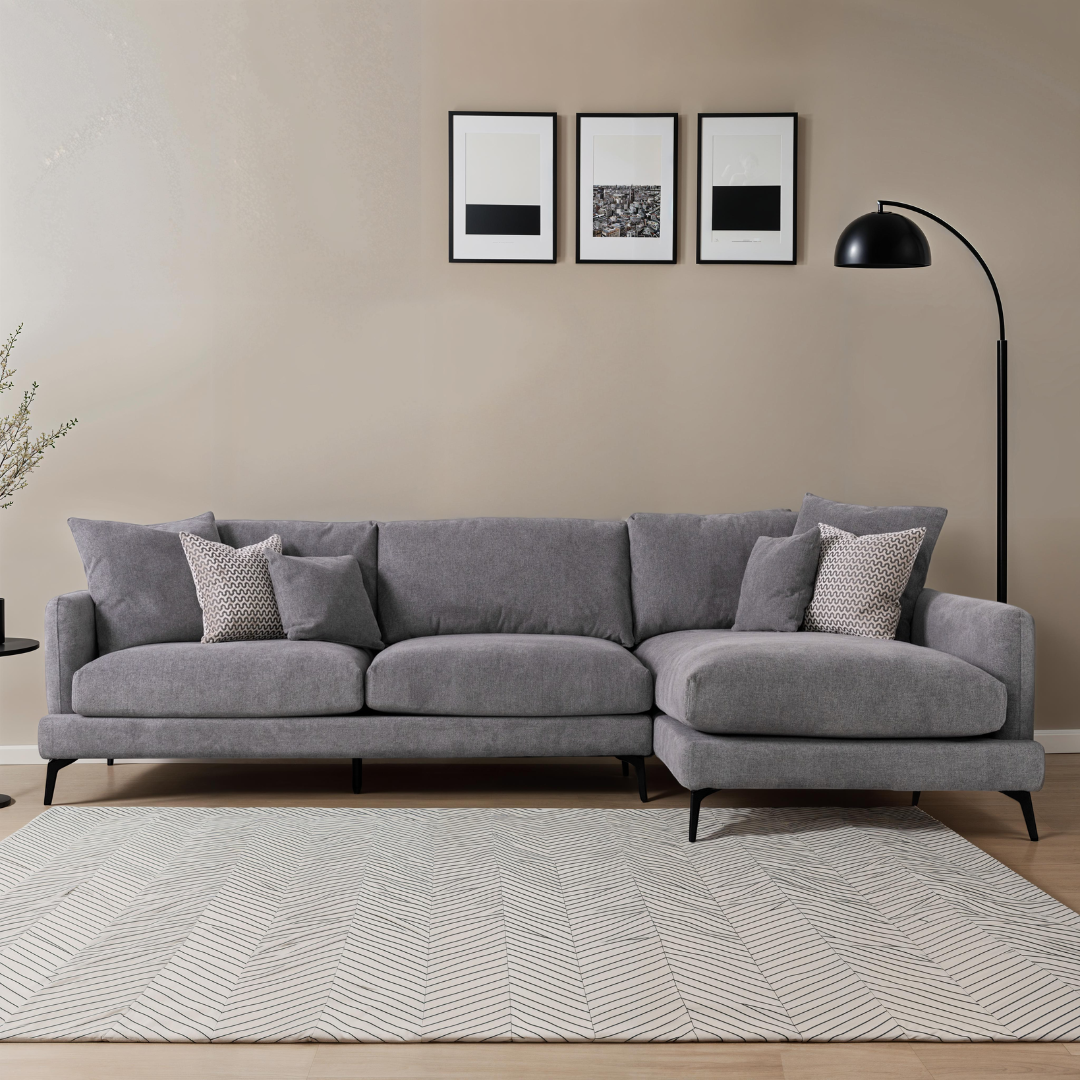
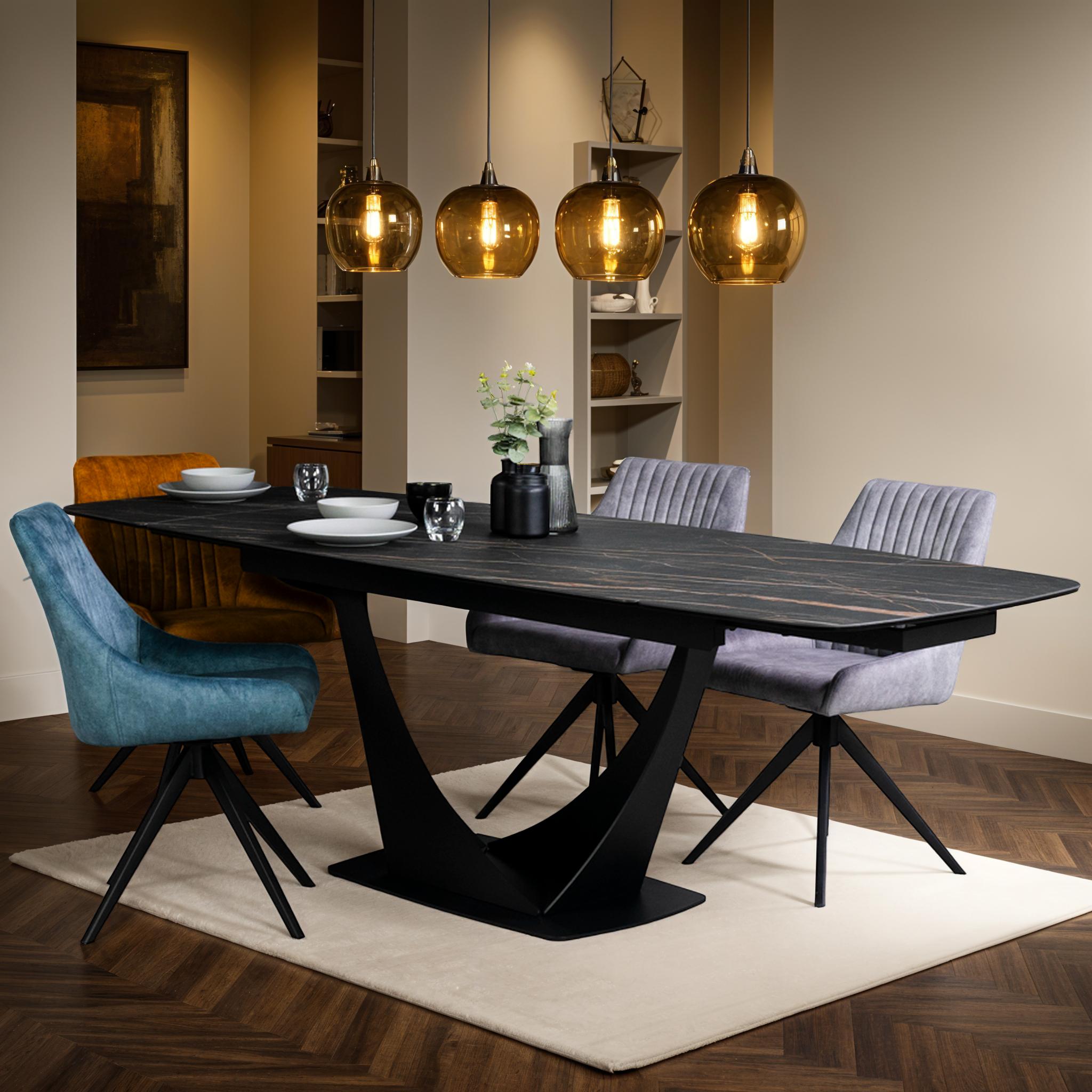
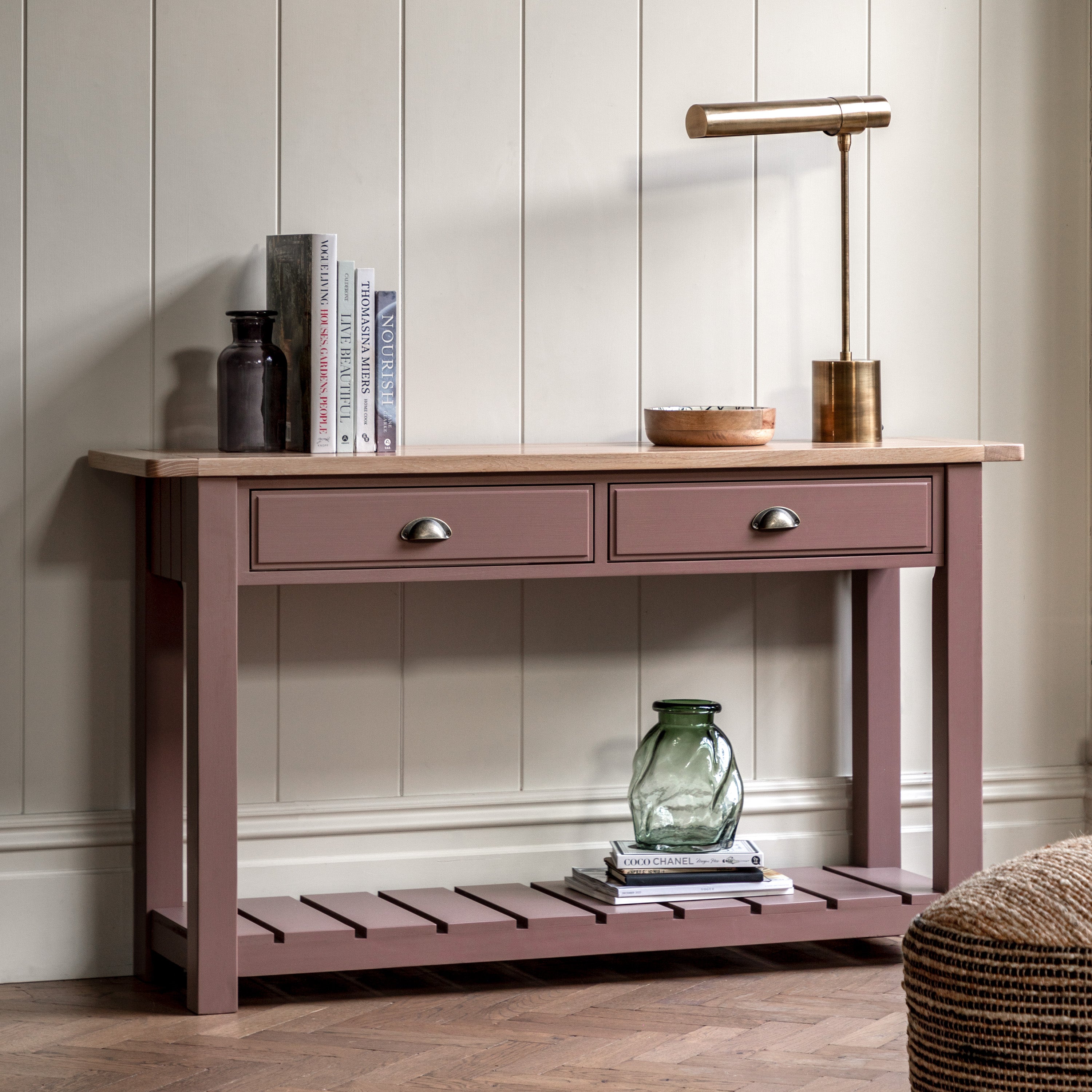
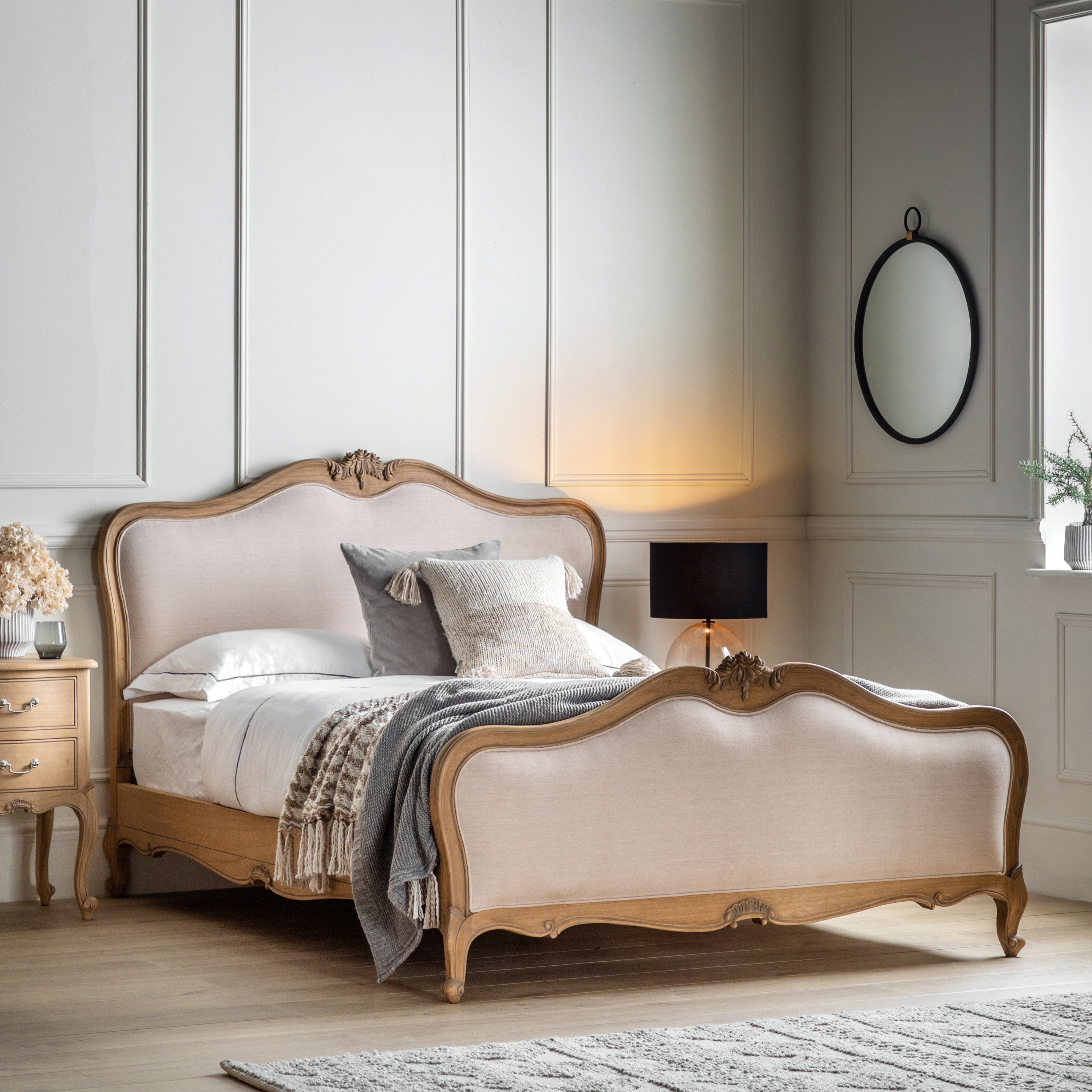


































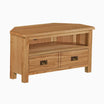
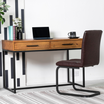

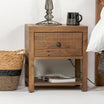
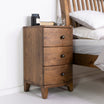















Leave a comment
This site is protected by hCaptcha and the hCaptcha Privacy Policy and Terms of Service apply.